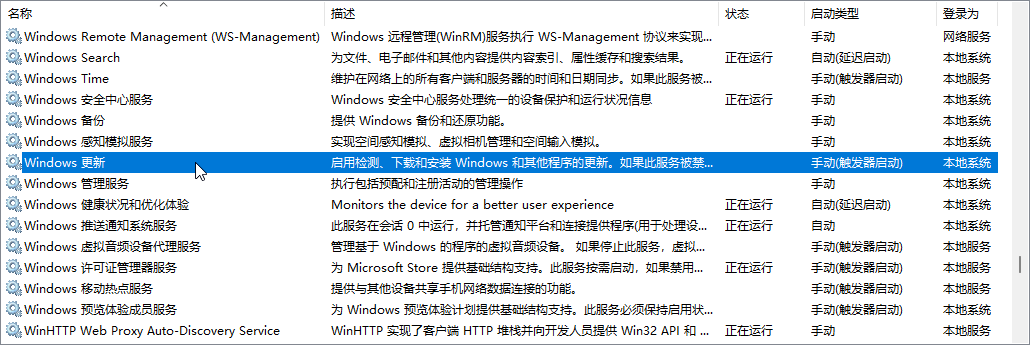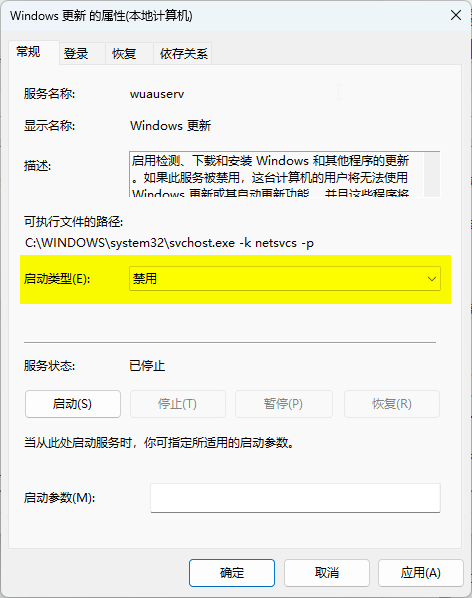While the original intention of automatic updates is for security and stability, in many practical scenarios, it can also cause significant troubles and risks; possible reasons for needing to disable Windows automatic updates include:
Unpredictable restarts; Automatic updates may force a restart without the user's knowledge.
System instability; Microsoft has historically released many problematic updates that can cause new issues like blue screens, performance degradation, etc. For example, update
KB5063878might cause hard drive failures;Potential feature changes; Some updates introduce new features or settings, sometimes even changing the interface or default options that users are accustomed to;
Not Recommended for Regular Users to Disable Automatic Updates
For regular users, it is strongly not recommended to disable automatic updates; the vast majority of updates include optimizations for system performance, fixes for known system issues, and especially security updates that patch discovered critical vulnerabilities;
Disabling System Updates
Methods to disable automatic system updates in Windows are as follows:
Use the shortcut + R to open [Run], enter
services.mscand confirm; or directly search for [Services] in the taskbar search box and open it;In the service list, find [Windows Update] or [Windows Update Service] (the service name may vary due to different Windows versions);

Windows Update Service Right-click [Windows Update], open [Properties], change the startup type to [Disabled], and click [OK] to save the changes;

Disable Windows Automatic Update Service
After disabling the [Windows Update] service, it will no longer automatically download or install updates, and the update service will be unavailable;
Enabling System Updates
Follow the method above and change the startup type to [Manual] or [Automatic];